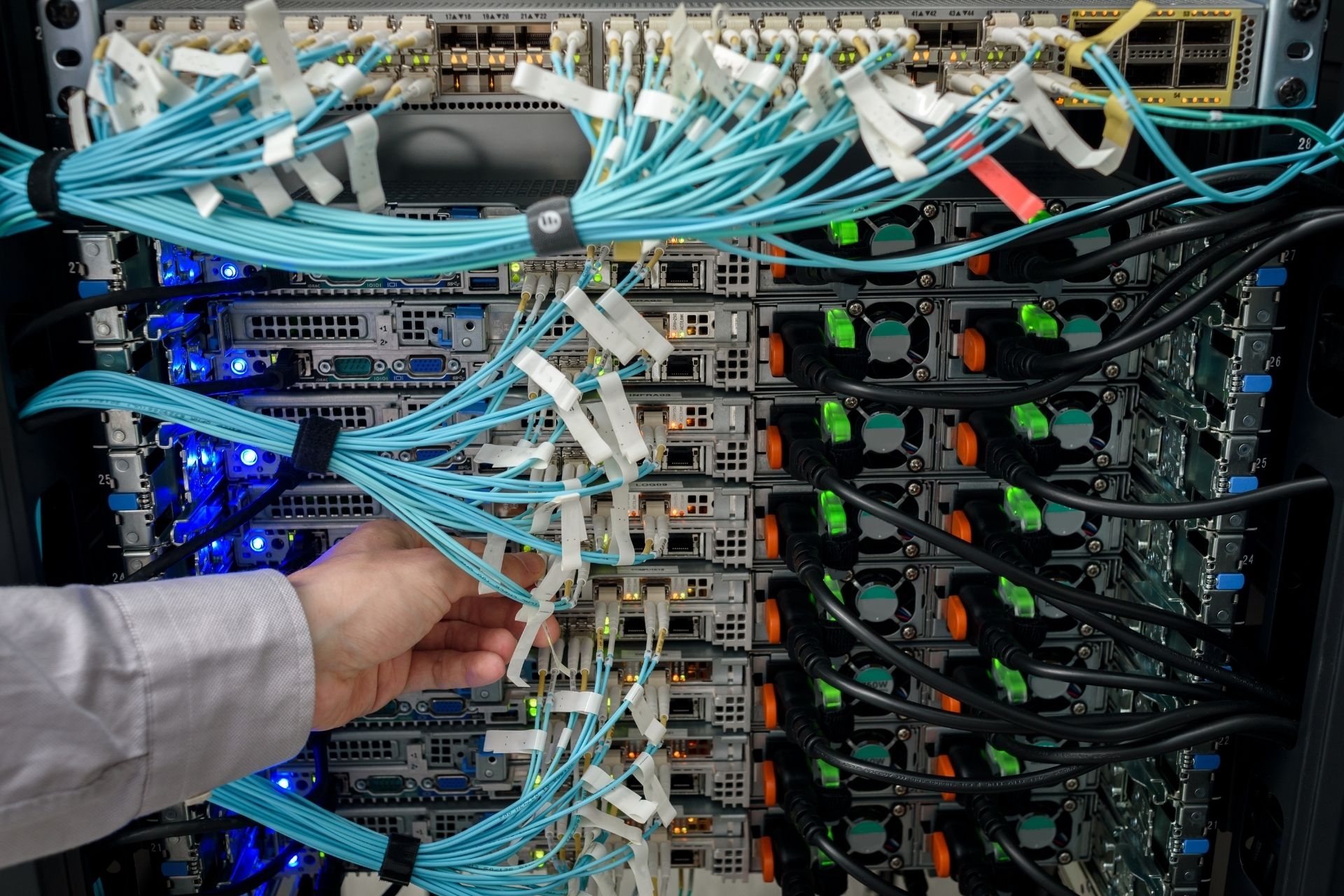Internet Exchange Points (IXPs)
What are the benefits of peering at Internet Exchange Points (IXPs) for network operators?
Peering at Internet Exchange Points (IXPs) offers network operators numerous benefits, including improved network performance, reduced latency, increased redundancy, and lower costs. By directly connecting with other networks at an IXP, operators can exchange traffic more efficiently, leading to faster data transmission and enhanced user experience. Additionally, peering allows operators to offload traffic from expensive transit providers, saving on costs and improving overall network efficiency.



